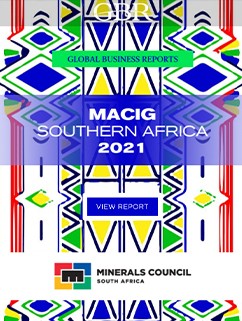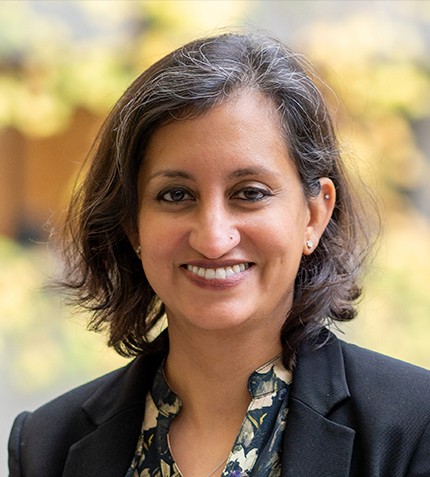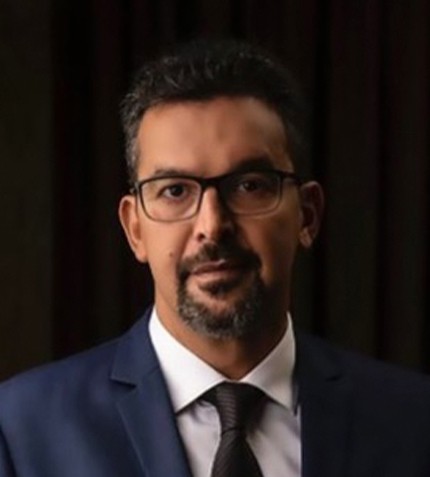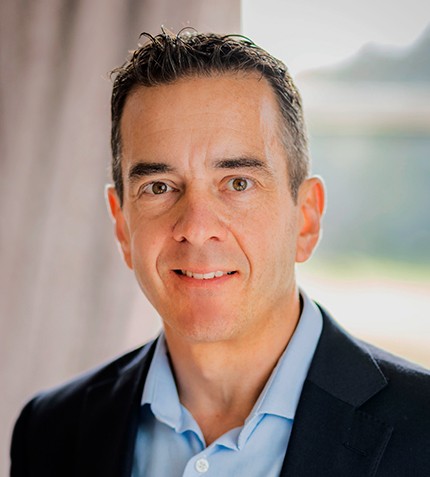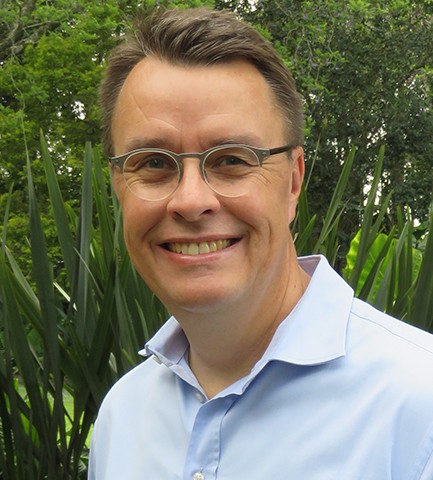
"The decarbonization agenda is becoming more prevalent in the mining sector, and many of our clients are embracing on-site renewables with a view of both securing energy supply and attaining control over their decarbonization and climate impacts."
RELATED PUBLICATION
Rob Hounsome
AFRICA REGIONAL MANAGER, SLR CONSULTING
Can you give an overview of SLR Consulting and its presence in Africa?
SLR globally serves five regions – North America, Canada, Europe, Asia Pacific and Africa. The company has been operating in Africa since 2011. Our African Region has seen significant internal growth over the past 10 years and is now a team of 130 people that are focused on environmental and advisory services. We have three offices in South Africa and have a physical presence in Windhoek, Namibia, and Accra, Ghana. Mining is a significant portion of SLR’s business, represents approximately 70% of our revenue in Africa and we work across all commodities.
Our services cross five key specialist areas. Our advisory services are focused on environmental and social governance, climate change and decarbonization, where we are highly active in the mining sector. Our engineering services are related to mine waste engineering, geotechnical engineering, and water and wastewater engineering. We also have an environmental management and planning team focused on environmental and social impact assessments, permitting and compliance. Our specialist services team offers social science and resettlement, ecology, air quality and other specific detailed scientific discipline services. Lastly, we have a land and water team which deals with all elements of water management and land quality, remediation and closure.
How does a dry tailings solution lower environmental footprints, and why is it not widespread in Africa?
At the moment, dry stacking is not common in Africa. This is largely driven by cost and the current lack of regulatory drivers on the continent. Outside of these aspects the main technical reason to follow a dry stacking approach would be the need to conserve water and recycle because of raw water supply constraints or climatic conditions. Other reasons might include some very particular set of geotechnical concerns, geometric constraints, or social impact risks, which tend to be relatively few and far between.
Which aspect of ESG do mines struggle with the most?
Mines have to some extent been dealing with ESG longer than most sectors, just because of the nature of the industry. SLR is advising across all elements of ESG. Mines are prioritizing the issue of decarbonization and off grid electrification. The decarbonization agenda is becoming more prevalent in the mining sector, and many of our clients are embracing on-site renewables with a view of both securing energy supply and attaining control over their decarbonization and climate impacts.
Africa is a big continent, and providing grid energy to so many off-grid sites is a challenge. For mines to be able to self-generate power without relying on huge diesel generators is an enormous opportunity for the sector.
We have seen significant demand for our services on the operational side related to mine waste engineering and tailings management. There is a great need for optimization and increasing safety at tailings facilities and water and tailings management to minimize waste.
What differentiates SLR Consulting in the competitive landscape?
SLR is extremely client focused and ensures top quality delivery and responsiveness to clients. We listen to their needs and provide advice and guidance associated with their specific needs. Our team has extraordinary experience, technical capabilities and skills. Being able to provide support from C-suite down to the operational level is a strong differentiator for us.
Which country in Africa is leading the way in decarbonization efforts?
South Africa is currently taking the lead in decarbonization, although there is also significant progress being made in Zambia and Ghana. We have also recently seen opportunities for decarbonization and off-grid electrification arising in the DRC, Mozambique, Ethiopia and Namibia.
Where do you see the highest growth potential for SLR in Africa?
SLR’s strategy is to remain strong in the areas where we are geographically located; South Africa, Namibia and Ghana. We have looked at growing our presence in East Africa, delivering services from our operating entity in Tanzania. The DRC remains interesting and an area that we will continue to work in. We intend to be able to service our clients in South Africa, West Africa and East Africa with a strong presence in each of these locations.




